The documents generated by Chippendale’s 20-year involvement with Nostell Priory refer to many more pieces of furniture than are identifiable today.
Some of the furniture has been sold: in 1785, after the 5th Baronet’s death, the contents of 11 St James’s Square were auctioned; in 1807, after the 6th Baronet’s death in 1805, Phillips sold some of Nostell’s furniture and, as recently as 1990, furniture from the house was sold on the open market by Christie’s. It is reasonable to assume, therefore, that a significant quantity of furniture supplied by Chippendale, both identified and unidentified as such, is no longer at Nostell Priory.
Such is Chippendale’s fame that new attributions to his workshop are still eagerly sought. The principal pieces, with so many distinguishing features and correspondingly full descriptions in the literature have already been identified, and so the most fertile ground is amongst the house’s secondary furnishings. On the one hand, this less expensive furniture – positioned in areas not open to the public, or on display – are less threatened by fashion. On the other hand, plainer than the furniture made for the main rooms, secondary furniture was often listed only perfunctorily in accounts and is thus harder to identify.
Christopher Gilbert put forward several oak pieces at Nostell Priory as candidates for attribution to Chippendale. For instance, he illustrated an oak chest of two short over four graduated long drawers (no longer at Nostell Priory) alongside a caption reading, ‘Chest of drawers, oak, perhaps one of the models supplied by Chippendale in 1768 for the back-stairs at Nostell Priory’, and speculated elsewhere that it might correspond to entries in accounts because ‘it is of above average quality and about the right date’.[1]
A superficially unpromising oak chest, in fact the upper part of a two-part chest-on-chest (the lower chest has been replaced with a modern pine plinth), was probably not seen by Gilbert since it has been in a closed upper room for some time, but is also a candidate (Figure 1). It is made of beautiful oak or, as Chippendale and his contemporaries called it, ‘wainscot’, and is fitted with steel lock plates with chamfered edges, a sign of quality (Figure 2). Its finely made drawers, of deal, have runners secured by small wooden dowels (Figure 3). It may be the ‘large Wainscot double Chest of drawers for the servant Maids with 6 keys & c’, made for the St James’s Square house and invoiced against the date 15th November 1768 and for which Chippendale charged Sir Rowland £6 6s. [2]
Though made for the Winns’ London house, it is possible that, following the death of Sir Rowland Winn in 1785, or the auction that took place subsequently, it was sent north to Nostell Priory.
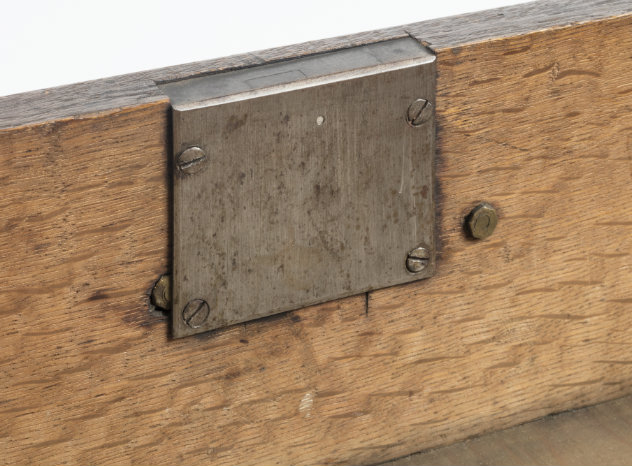
Figure 2: Detail of the lock of the upper right-hand short drawer of the oak chest

Figure 3: A rear view of the underside of the same drawer, the drawer runners are secured by tiny wooden dowels
Comparison with other – documented – pieces of Chippendale furniture at Nostell strengthens the view that this may have been supplied by Chippendale. Its top surface, in particular, bears a close resemblance to the top of the famous green-japanned serpentine press cupboard indisputably supplied by Chippendale for Nostell Priory in the spring of 1771.
Unlike the press cupboard made for Sabine Winn, with mouldings forming a cornice which sits proud of the surface of the top boards of the upper cabinet (Figure 4), both the japanned press cupboard and this chest has a ‘cornice’ formed from mouldings fixed to sit flush with the upper edge of the front and sides. The result is a completely flat top (Figures 5 & 6). In the case of the japanned press, which at only 155cm high is relatively low, the intention was almost certainly that the flat top would provide a place to display a garniture.
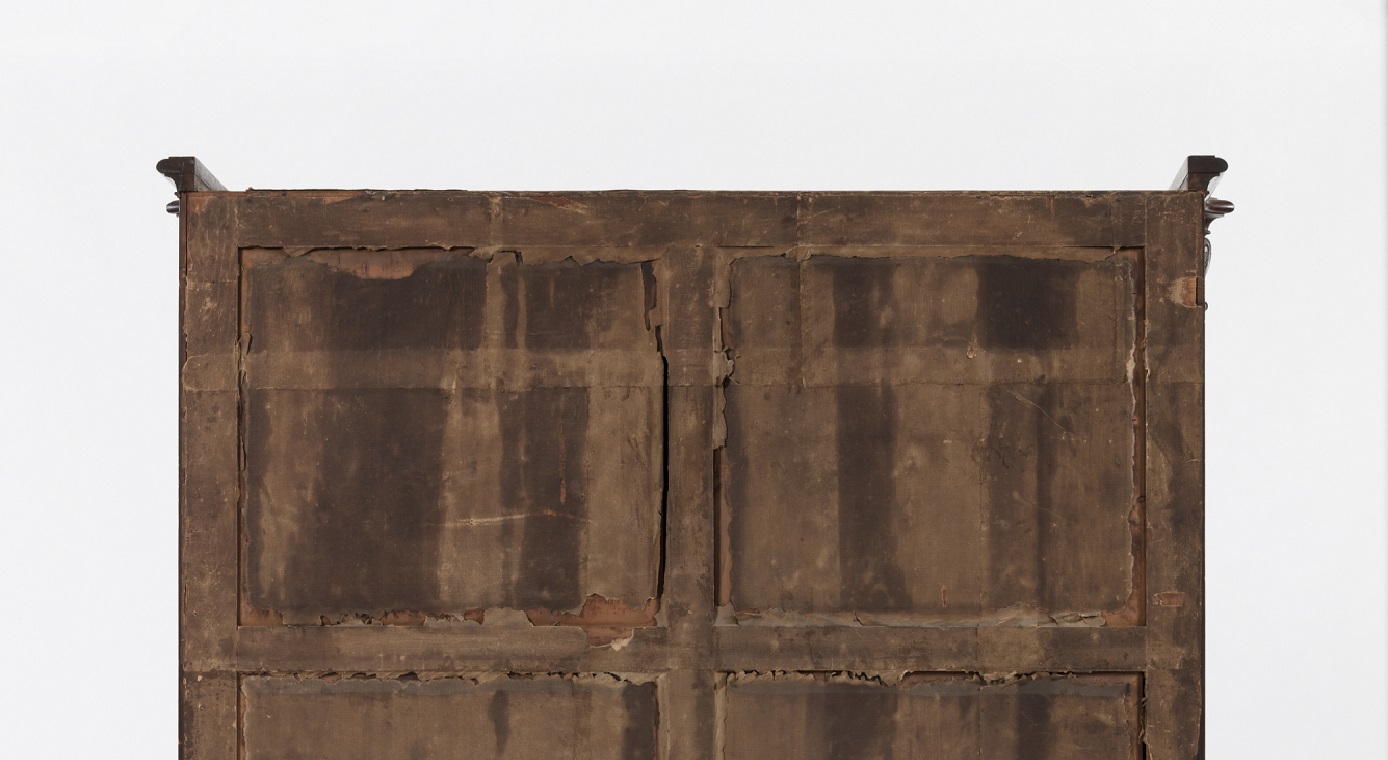
Figure 4: A rear view of the top of the clothes press made for Sabine Winn in 1766/7, showing ‘cornice’ mouldings standing proud of the top of the cabinet
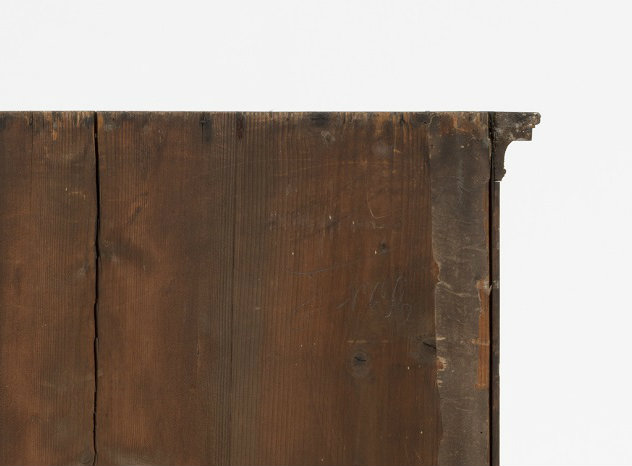
Figure 5: Detail of the back of the oak chest and its 'cornice' mouldings
Moreover, viewed from above, both pieces - being made from solid boards - demonstrate significant similarities in construction, the side boards joined to the softwood top boards with large, irregularly cut dovetails, and both covered in a wash or stain (Figures 7 & 8).
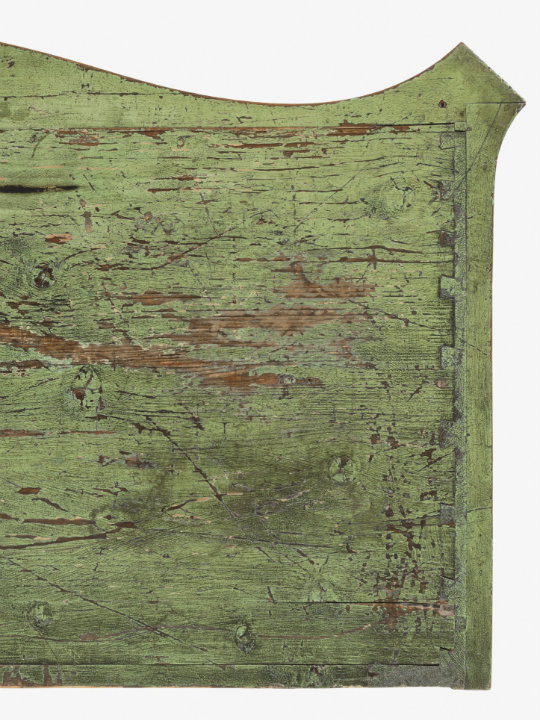
Figure 7: Detail from above of the top of the japanned press, 1771

Figure 8: Detail from above of the top of the oak chest
The partition between the oak chest’s two short drawers is open-framed, like other documented pieces of furniture at Nostell Priory. It is formed from a vertical member of oak, its front edge sitting flush with the front of the chest, and a horizontal softwood drawer guide (preventing the drawers moving sideways as they are drawn in and out) which sits atop the dustboard and runs from the front to the back of the chest (Figure 9). The mahogany commode only tentatively attributed to Chippendale at Nostell Priory has a solid softwood partition, its front edge veneered with a ‘lip’ of mahogany to match the other rails which frame the drawers (Figure 10). So too does a mahogany chest on chest with a blind fretwork frieze, attributed by Christopher Gilbert (but by no-one else subsequently) to Chippendale (Figure 11). [3]
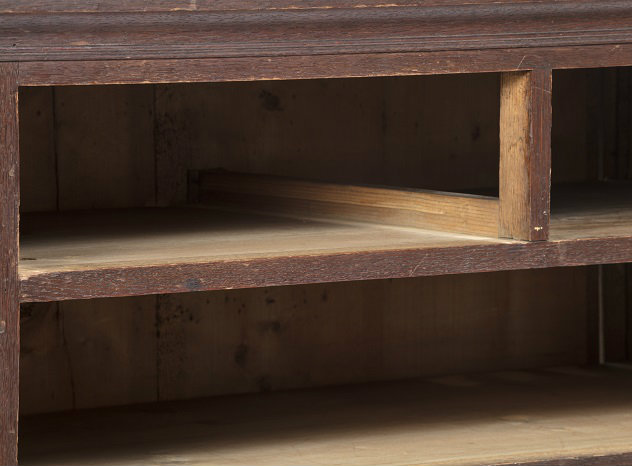
Figure 9: Detail showing the open-frame partition between the oak chest’s upper short drawers
The clothes press made for Sir Rowland Winn in 1767 (Figure 12) and the mahogany counter for which Chippendale billed Sir Rowland in 1771 (Figure 13), both have short drawer partitions made in a very similar way. In common with the chest under discussion, both are firmly in Chippendale’s ‘restrained’ oeuvre, essentially very well made but utilitarian in character, their beauty deriving from their proportions and the beautiful timber with which they are made.
The same open-framed drawer partition is found on a small mahogany chest, probably a dressing chest, never before attributed to Chippendale’s workshop but which, with several compelling similarities to the other documented furniture in this group by Chippendale at Nostell Priory, must surely be considered a likely contender (Figures 14 & 15).
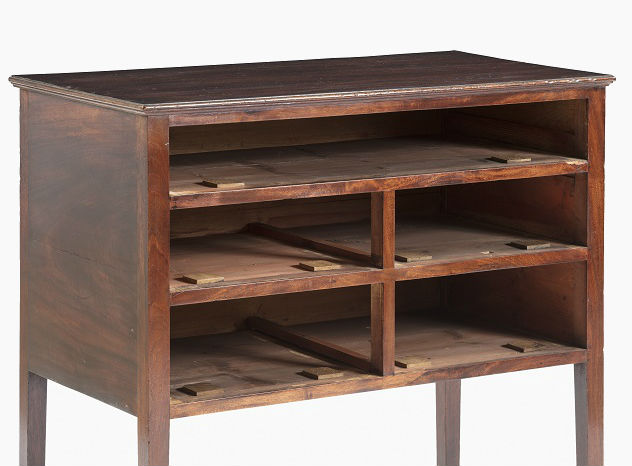
Figure 15: The dressing chest with its drawers removed
It was possibly designed as a dressing chest for a secondary bedroom. The drawer arrangement – with a long drawer above two banks of short drawers – is unusual, the former probably intended to hold a mirror. This arrangement is an inversion of the arrangement of drawers in the lower chest of the press cupboard made for Sir Rowland Winn in 1767 and, though polished, is made from a similarly figured high quality mahogany (Figure 16). The mahogany counter, supplied in 1771, also has the same unusual configuration of two rows of two short drawers one atop the other (Figure 17). These double banks of pairs of short drawers are not typical on other furniture attributed to Chippendale, and so it is notable that a cupboard and a counter, known to have been supplied by his firm – together with this third undocumented dressing chest which shares the same feature – are all at Nostell Priory. It was, perhaps, a practical arrangement particularly favoured by the Winns.
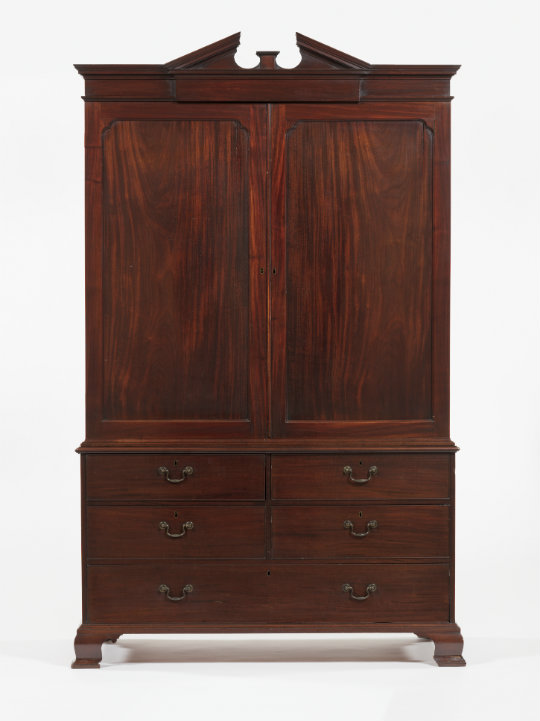
Figure 16: The clothes press made for Sir Rowland Winn in 1767
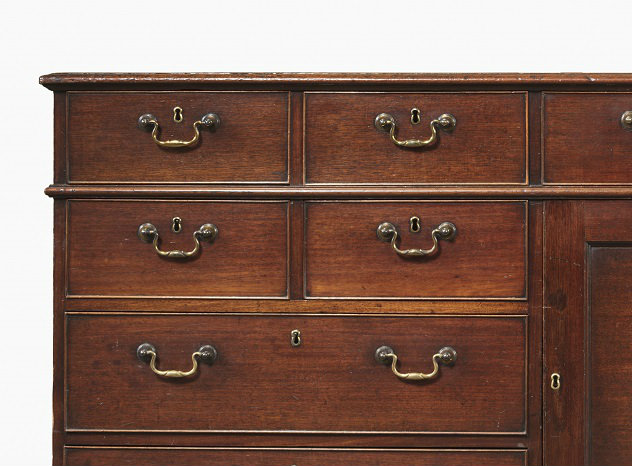
Figure 17: Two similar banks of two short drawers to the mahogany counter, 1771
The dressing chest’s brass thread escutcheons, which are finely made and stand proud of the surface of the drawer fronts, also resemble those fitted to the mahogany counter (Figures 18 & 19).

Figure 18: Detail of one of the dressing chests drawer fronts, showing thread escutcheon

Figure 19: Detail of one of the mahogany counter’s drawer fronts, 1771, with similar thread escutcheon
The three pieces of furniture discussed here – Sir Rowland Winn’s press cupboard, the mahogany counter, and this small dressing chest – are very different in overall form, but nonetheless share open-frame drawer partitions, an unusual arrangement of drawers featuring two banks of two short drawers and two of them are mounted with very similar escutcheons. All three are also fitted with drawer stops with angled rear corners, which, when found in conjunction with other features, is often considered a hallmark of Chippendale’s workshop (Figures 20 & 21). Only two, however, are traceable in the surviving documentation, and the mahogany dressing chest, being well-made but relatively simple, is not identifiable: any attribution to Chippendale’s workshop can, therefore, only be speculative at best.
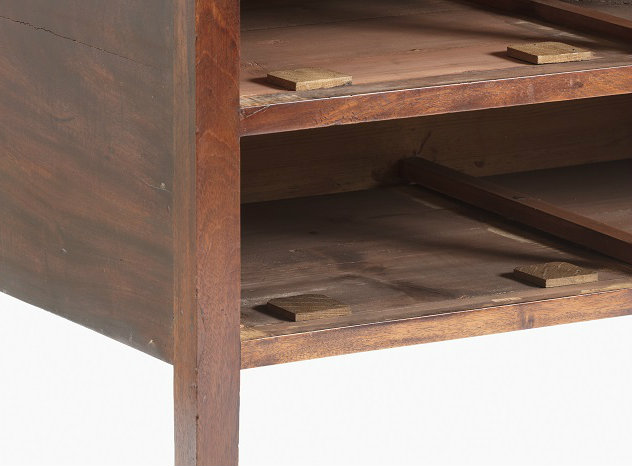
Figure 20: Detail of a drawer stop from the small mahogany dressing chest
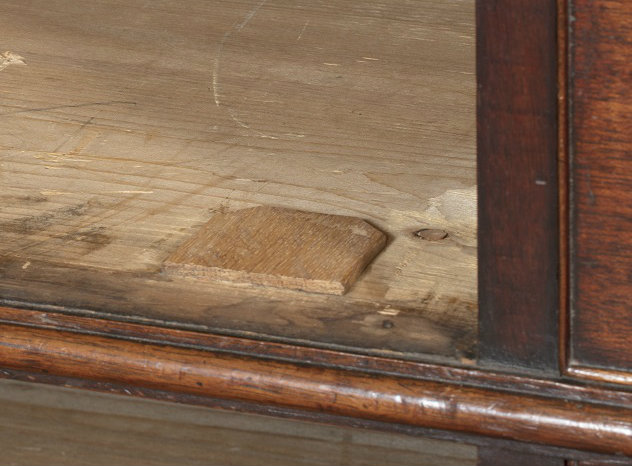
Figure 21: Detail of a drawer stop inside the mahogany counter, 1771
Notes
[1] C. Gilbert, The Life & Work of Thomas Chippendale (2 Vols., London, 1978), Vol. I, p. 174 & Vol. II, p. 116, Figure 204.
[2] West Yorkshire History Centre, WYW1352/3/3/1/5/3/63.
[3] C. Gilbert, Thomas Chippendale, Vol. I, p. 174 and Vol. II, p. 118, Figure 118. See other examples with a solid partition between two short draewrs illustrated by L. Wood, Catalogue of Commodes (London, 1994), pp. 48 – 9, Figures 28 & 31.









